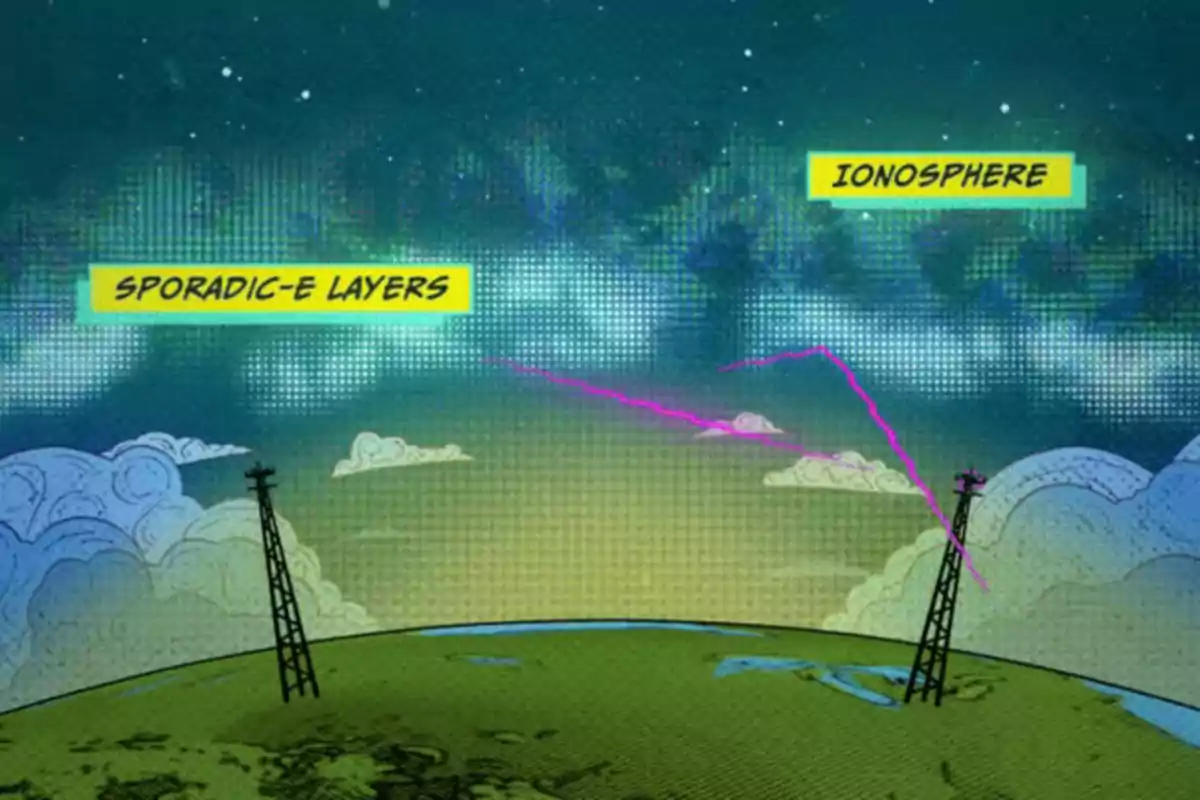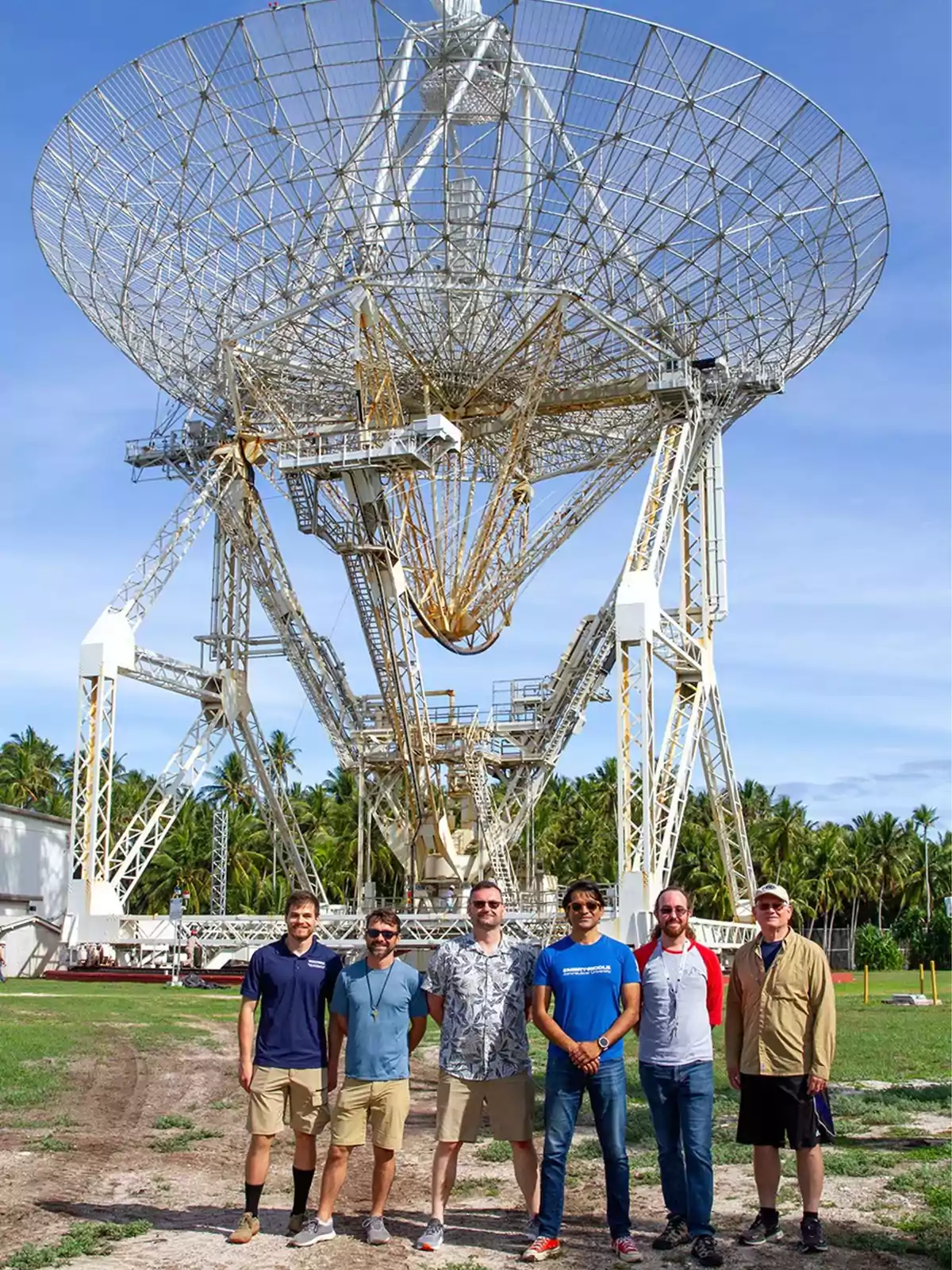NASA began a series of rocket launches on June 13 from a remote Pacific island. This operation, which will last for three weeks, has as its main goal to study some enigmatic cloud-like structures that form in the ionosphere. Aroh Barjatya, principal investigator of the Sporadic-E ElectroDynamics mission, has confirmed that these rockets are already being launched to obtain crucial data about these formations.
These strange structures, known as "Sporadic-E layers," are located at altitudes ranging from 37 mi. (60 km) to 621 mi. (1,000 km) above sea level. Although they are invisible to the human eye, these layers cause significant interference in radio communications, affecting critical systems such as air traffic control. Specifically, these interferences can cause signals to be diverted or mixed, making it difficult to correctly transmit vital information.

Where are the rockets being launched?
The main challenge for scientists has been to predict when and where these layers form, since they constantly move and disintegrate. They can only be detected using specialized radars, which are usually operated by military personnel. Barjatya has described that on radar charts these layers appear as clouds with irregular shapes, sometimes looking fluffy and other times spreading out uniformly.
Until now, the presence of these layers was mainly known at mid-latitudes, but the mission has decided to focus its studies on Kwajalein Atoll, located near the equator. This island, part of the Marshall Islands, is a strategic point to observe these formations in an area where their behavior had not been studied before. In addition, Kwajalein has a military history dating back to World War II and is isolated thousands of kilometers (thousands of km) from major cities, making it ideal for these studies.
Deciphering the invisible impact on our communications
To investigate these layers, NASA is using sounding rockets, unmanned vehicles equipped with specialized scientific instruments. During their ascent, these rockets release colored vapor, which from the ground allows scientists to measure wind patterns in three dimensions. They also release four subpayloads that transmit real-time information about particle density and the intensity of the magnetic field in the area.
Barjatya has explained that Sporadic-E layers are part of a much more complex system that connects Earth with near space. The ionosphere, where these formations are located, contains charged particles that influence everyday phenomena such as the aurora borealis and communication with satellites. Since 1959, NASA has carried out various missions to study this region, since its fluctuations affect numerous essential technologies in our daily lives.

With this mission, NASA wants to better understand an unpredictable phenomenon that can affect radio communications and cause major disruptions. Although it will still be weeks before the results are seen, they trust these studies will help improve the safety and reliability of air and satellite communications. Thus, even though we don't see them, these layers are key pieces in the complex link that connects Earth with near space.

